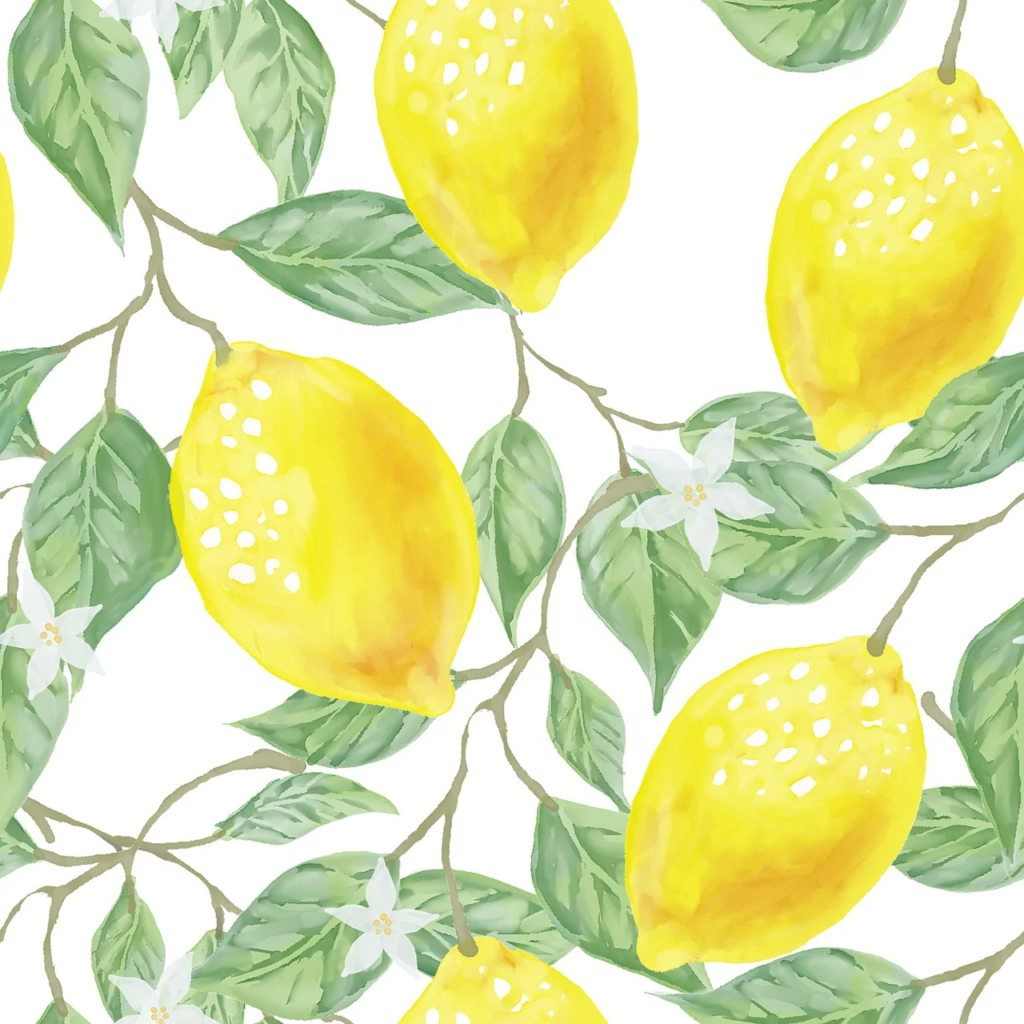
Intro
Do you dream of making a living from your art? Have you ever wondered how to make money as an artist? Well, it’s possible!
The Art of Earning: How to Make Money Doing What You Love is a blog post that will explore the ins and outs of turning your passion for art into a sustainable income.
We’ll go over everything from pricing your work to finding clients and leveraging your network.
So, if you’re ready to make money from your art, this post is for you!
Understanding the Value of Your Artwork

As an artist, one of the most crucial steps to making money is understanding the value of your artwork.
It goes beyond just pricing your pieces; it’s about recognizing the worth and impact your creations hold.
So how do you determine the value of your artwork?
First, take a step back and look at your work objectively. Consider the time, effort, and skill you put into each piece.
This will help you understand the intrinsic value of your art. Additionally, research and analyze the market trends to see how similar artists price their work.
This will give you a baseline to work from and help you position yourself within the market.
Another factor to consider is the emotional connection your art creates with the audience.
The impact and meaning your artwork holds can greatly influence its value.
Art that evokes strong emotions and resonates with people has the potential to command higher prices.
Don’t forget to take into account the uniqueness of your art. If your style, technique, or subject matter stands out from the crowd, it can justify higher prices.
Remember, people are always searching for something different and special.
Lastly, be open to feedback and criticism. Attend art shows, exhibitions, and get involved in the art community.
Engage with fellow artists and art enthusiasts to gain insight into how your work is perceived.
This can help you gauge the perceived value of your artwork and make adjustments accordingly.
Understanding the value of your artwork is essential for any artist looking to make money.
By considering factors such as time, market trends, emotional impact, uniqueness, and feedback, you can confidently price your artwork and embark on your artist money-making journey.
Exploring Different Income Streams for Artists

As an artist, there are numerous opportunities to make money doing what you love.
In this section, we will dive into different income streams that artists can explore to generate income and sustain their artistic careers.
One way to make money as an artist is by selling your artwork directly to collectors, art galleries, or through online platforms.
By pricing your work appropriately and marketing yourself effectively, you can create a demand for your art and attract potential buyers.
Another option is to offer art classes or workshops. Sharing your knowledge and skills with others not only allows you to generate income, but it also gives you the opportunity to connect with other aspiring artists and build a supportive community.
Commissioned work is yet another avenue to explore. Many individuals and businesses are willing to pay artists to create custom pieces for them.
This can range from portraits to murals or even designing logos and illustrations.
If you have a flair for writing, consider writing about art or becoming an art critic.
Many publications and websites are always looking for art-related content, and this can be a great way to combine your passion for art with your writing skills and make money.
Lastly, exploring licensing and merchandising opportunities can also be a lucrative option.
By licensing your art for use on products such as prints, apparel, home decor, or even stationery, you can reach a wider audience and generate additional income streams.
Remember, being resourceful and creative in finding different income streams is key to making a living as an artist.
So, don’t limit yourself to just one avenue – explore all the possibilities, embrace your creativity, and embark on your artist money-making journey.
Leveraging Online Platforms and Social Media

In today’s digital age, leveraging online platforms and social media is a game-changer for artists looking to make money doing what they love.
These platforms offer an incredible opportunity to showcase your work, reach a global audience, and connect directly with potential buyers.
To make money as an artist, it’s essential to establish a strong online presence.
Create a professional website or portfolio that showcases your artwork in the best possible light.
Use high-quality images, compelling descriptions, and an easy-to-navigate layout to engage visitors and entice them to explore more of your work.
Social media platforms like Instagram, Facebook, and Pinterest can be powerful tools for artists.
Regularly post your artwork, share behind-the-scenes glimpses into your creative process, and engage with your followers.
Building a strong social media following not only helps you gain visibility but also opens up opportunities for collaborations, sponsorships, and partnerships.
Consider selling your artwork directly through online marketplaces like Etsy, Society6, or Redbubble.
These platforms provide a ready-made customer base and take care of payment processing and shipping logistics, allowing you to focus on creating and promoting your art.
Remember to optimize your online presence for search engines.
Use relevant keywords, tags, and descriptions to increase your visibility and attract organic traffic to your website or online store.
By leveraging online platforms and social media, you can expand your reach, attract new buyers, and ultimately make money as an artist.
So embrace the digital landscape, get creative with your online presence, and watch your artist money-making journey flourish.
Collaborating with Other Artists and Brands

Collaborating with other artists and brands can be an exciting and mutually beneficial way to make money as an artist.
By joining forces with like-minded creatives or partnering with established brands, you can expand your reach, tap into new markets, and create unique and impactful work.
One way to collaborate with other artists is through joint exhibitions or group shows.
By pooling your talents and resources, you can create a compelling and diverse showcase of artwork that attracts a larger audience.
This not only increases your visibility but also provides an opportunity to learn from and be inspired by your fellow artists.
Another avenue for collaboration is through partnerships with brands.
Many companies are looking to collaborate with artists to create limited edition products, design packaging, or even curate art collections.
This allows you to leverage the brand’s existing customer base and gain exposure to a wider audience.
Collaborations also offer a chance to learn and grow as an artist. Working with others can push you outside of your comfort zone, introduce you to new techniques or styles, and foster creative synergies that result in groundbreaking work.
When collaborating, it’s important to communicate clearly and establish mutual goals and expectations from the start.
Be open to compromise and embrace the opportunity to learn from others.
Collaborating with other artists and brands not only provides a platform to showcase your work but also opens up new avenues for income and artistic growth.
So don’t be afraid to reach out and explore the possibilities that await you through collaboration.
Making a Living as a Full-Time Artist

Making a living as a full-time artist is the dream for many creative individuals.
It allows you to immerse yourself in your passion, do what you love every day, and make a sustainable income from it.
However, it is not an easy path and requires dedication, hard work, and a strategic approach.
One of the key aspects of making a living as a full-time artist is building a strong network and establishing connections within the art industry.
Attend art events, exhibitions, and connect with other artists, collectors, and gallery owners.
Building relationships and fostering a supportive community can open doors to opportunities, collaborations, and potential sales.
Another crucial factor is diversifying your income streams. Relying solely on selling your artwork may not be enough to sustain a full-time career.
Explore other avenues such as teaching art classes, offering workshops, or even licensing your artwork for use on products.
By diversifying your income streams, you create multiple sources of revenue and increase your chances of financial stability.
Additionally, it’s important to have a business mindset and treat your art career as a business.
Develop a business plan, set goals, and establish a pricing structure that reflects the value of your artwork.
Invest in marketing and promotion to reach a wider audience and attract potential buyers.
Consistency, professionalism, and a strong work ethic are key to making a living as a full-time artist.
Remember, making a living as a full-time artist requires persistence, resilience, and a continuous effort to improve and grow.
It may take time to establish yourself and see significant financial returns, but with passion, determination, and a strategic approach, it is possible to turn your art into a sustainable career.
So, embrace the challenges, stay true to your artistic vision, and make a living doing what you love.
